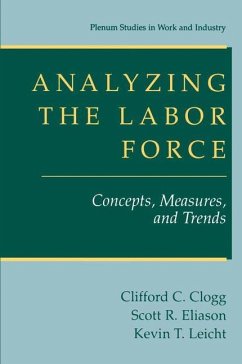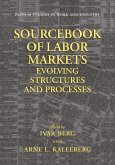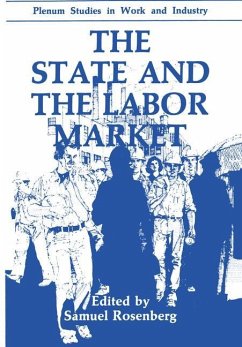With the passing of Clifford Collier Clogg at the age of 45 on May 7th 1995, the world lost a talented sociologist, demographer, and statistician all at once. In addition to being a considerable talent in each of these three disciplines, and perhaps more importantly, Cliff was the type of person who brought to gether diverse elements and scholars from all three. Cliff was also a consum mate mentor, nurturing ideas and students and always striving to bring out the best in both. Perhaps nothing illustrates the stature, impact, and respect others held for Cliff more than the fact that never before-and never since has an individual been honored at the time of his death with ceremonies from the national associations of all three of these disciplines. The purpose of this book is to introduce to a broad constituency of social scientists and their students some of the basic ideas in the study of the labor force that Cliff and his colleagues had grappled with. At the time of Cliff's death, he was perhaps better known for his methodological contributions to sociology and demography than he was for his substantive contributions to the study of social stratification and the labor force. Our goal is to highlight Cliff's substantive contributions to sociology and demography by telling the cumulative story of his research and adding updated analysis that advances the story beyond the early 1980s to the mid-1990s.








